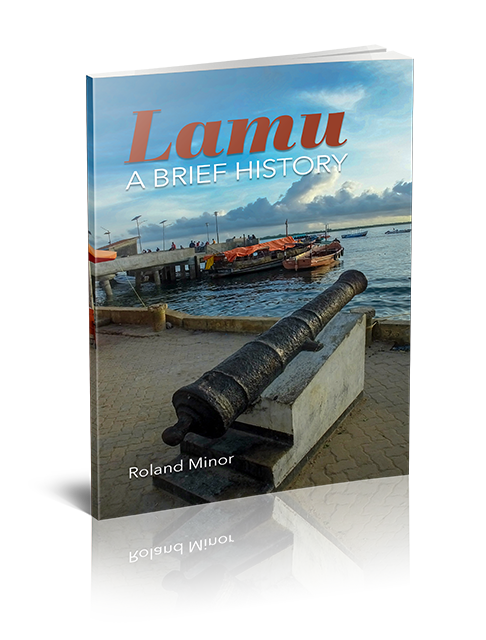Lamu: A Brief History

This book gives an insightful look at the early history of the island of Lamu on the Kenya coast, as well as the surrounding area. Arab and Indian sailors dominated the maritime trade of the western Indian Ocean from earliest times. Greek sailors operating out of Egyptian ports joined them and it was from them that the first written records of the East African coast are derived. Lamu, with its fine natural harbour and abundant supplies of fresh water, likely played a major part in this maritime trade.
By the 14th century the renowned Moroccan traveller, ibn Battúta, reported that the whole East African coast had been Islamicized. Then came the Portuguese in the last years of the 15th century. With their faster ships and gunnery they dominated the existing trade resulting in a catastrophic collapse of local economies. In the mid-17th century the ruler of Mombasa appealed to the Sultan of Oman for aid in driving off the Portuguese. This heralded Omani interest in East Africa and the founding of the Sultanate of Zanzibar. The British took an interest in the coast in their attempts to stop the slave trade. Eventually, under pressure from the British, the Sultan of Zanzibar ceded the administration of the coastal strip to the British, leading in due course to the establishment of Kenya Colony. Lamu played a key role in the evolving history of the Kenya coast.
